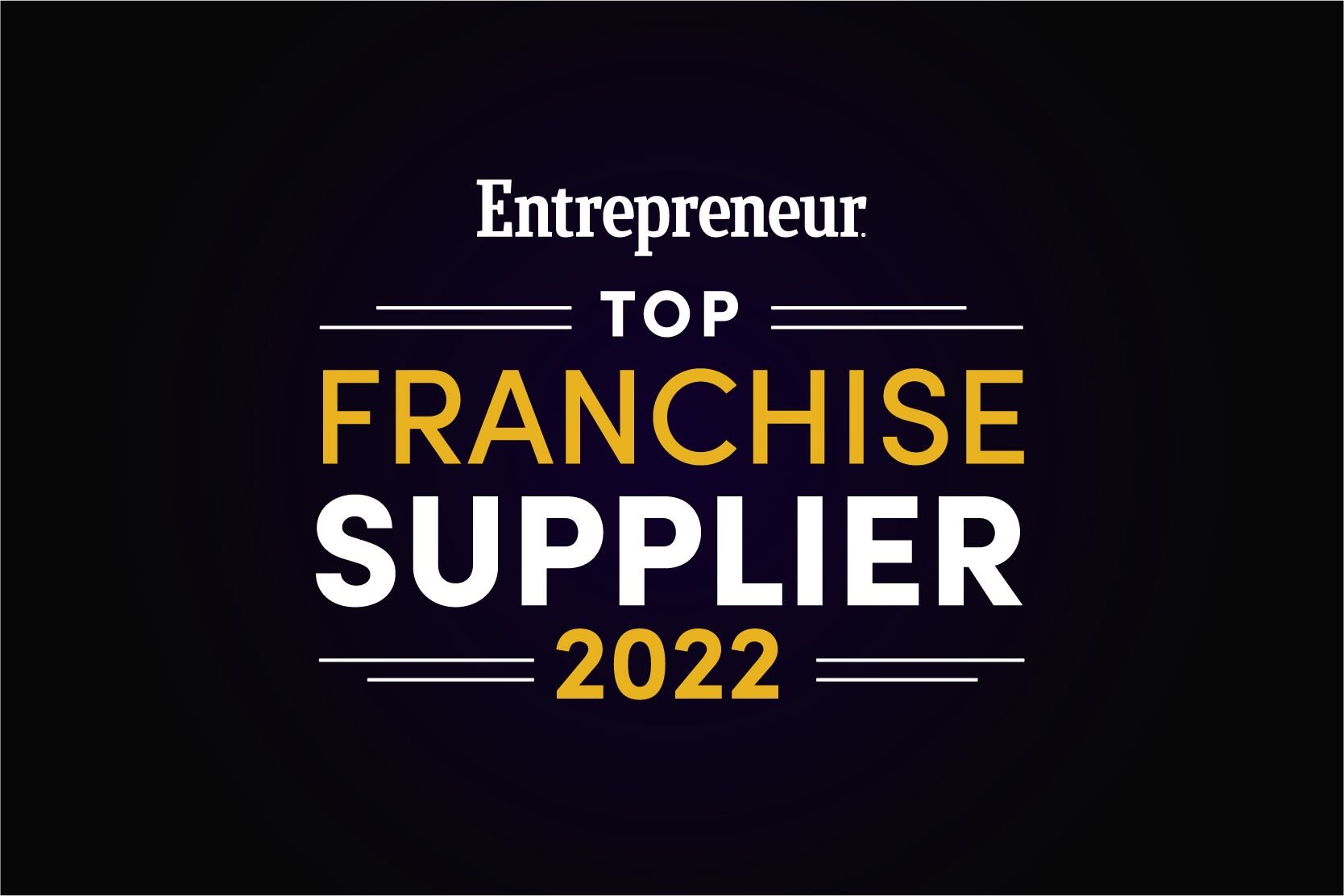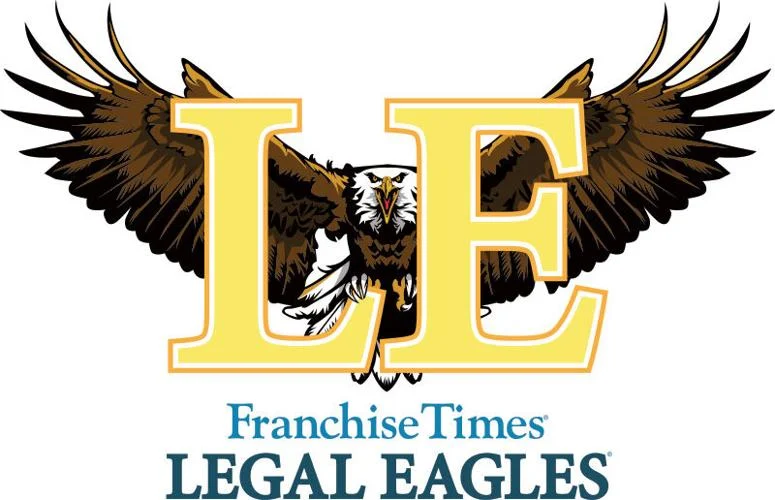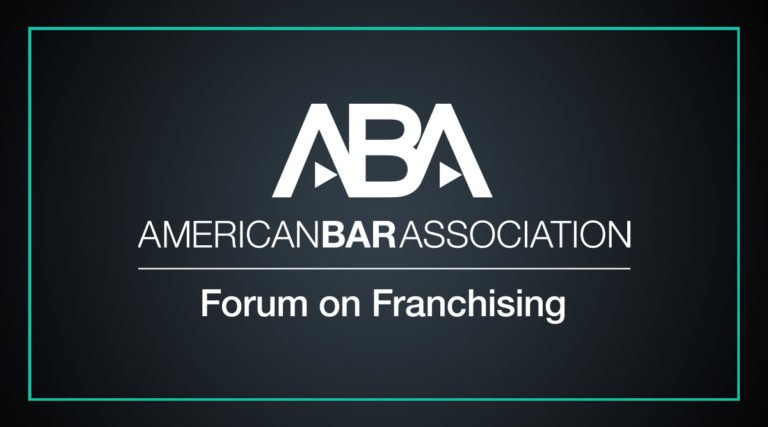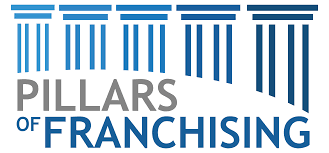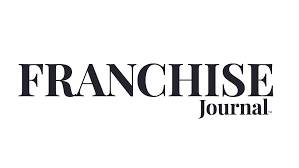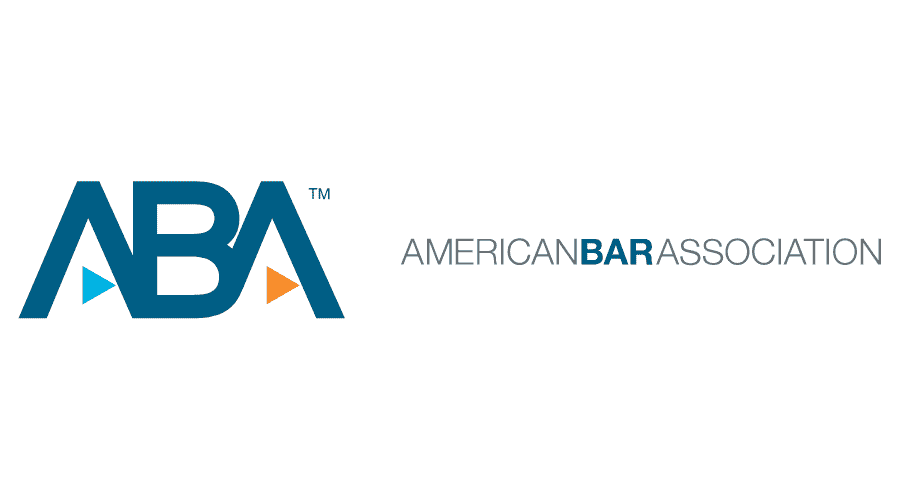How Can We Help?
Item 1 of the FDD
What is Item 1 of the Franchise Disclosure Document?
Item 1 of the FDD provides information about the franchisor, its predecessors and parent companies (if any), its affiliates that will provide services to you as a franchisee, and its affiliates that offer other franchise opportunities. Item 1 also provides a summary of the franchise offering, a description of the competitive landscape for the industry, and any specific laws and regulations that apply to the type of business being offered.
How is Item 1 used to help sell franchises?
Most of the disclosures in Item 1 are tightly controlled by the text of the franchise rule. Beyond these required disclosures, there are two sections of Item 1 where you can highlight the strengths of your franchise offering: “the prior business experience of the franchisor” and “the business the franchisee will conduct” sections.
The “prior business experience” section gives the franchisor an opportunity to highlight the experience of its ownership team and the successful history of the business. Think of this section as your opportunity to write the biography of the business. While Item 2 of the FDD provides information about the prior work history of executives and owners of the franchise system, Item 2 has a very specific structure for disclosing this background, and you are NOT allowed to add any narrative biography information. Instead, we recommend using the “prior business experience” section of Item 1 as the place to show off the depth of experience of the brand and its owners/executives.
The “business the franchisee will conduct” section also provides an opportunity to lay out the framework of the franchise offering in concise, simple to understand terms. This section can be written in a narrative voice and should also highlight the different types of offerings you are bringing to market. For example, if a QSR restaurant offers the option to operate in a stand-alone location, from a captive venue like an airport or college campus, or as a food truck – this is the section where we lay out this framework. If you are including an “area development agreement” or a “multi-unit development agreement” concept where franchisees can open multiple locations/territories over a set period of time, you would also include that information here.
Item 1 provides a unique opportunity to inject a bit of marketing into your FDD as you show off you prior business experience and describe the franchise offering in easy to understand terms. We recommend that you take advantage of this opportunity and highlight your industry experience prior to franchising the business. We also recommend that you develop a clear picture of the ways in which franchisees may operate the business and describe this in easy-to-understand terms in a conversational and narrative description.
RESOURCES
(a) Item 1: The Franchisor, and any Parents, Predecessors, and Affiliates. Disclose:
(1) The name and principal business address of the franchisor; any parents; and any affiliates that offer franchises in any line of business or provide products or services to the franchisees of the franchisor.
(2) The name and principal business address of any predecessors during the 10-year period immediately before the close of the franchisor's most recent fiscal year.
(3) The name that the franchisor uses and any names it intends to use to conduct business.
(4) The identity and principal business address of the franchisor's agent for service of process.
(5) The type of business organization used by the franchisor (for example, corporation, partnership) and the state in which it was organized.
(6) The following information about the franchisor's business and the franchises offered:
(i) Whether the franchisor operates businesses of the type being franchised.
(ii) The franchisor's other business activities.
(iii) The business the franchisee will conduct.
(iv) The general market for the product or service the franchisee will offer. In describing the general market, consider factors such as whether the market is developed or developing, whether the goods will be sold primarily to a certain group, and whether sales are seasonal.
(v) In general terms, any laws or regulations specific to the industry in which the franchise business operates.
(vi) A general description of the competition.
(7) The prior business experience of the franchisor; any predecessors listed in § 436.5(a)(2) of this part; and any affiliates that offer franchises in any line of business or provide products or services to the franchisees of the franchisor, including:
(i) The length of time each has conducted the type of business the franchisee will operate.
(ii) The length of time each has offered franchises providing the type of business the franchisee will operate.
(iii) Whether each has offered franchises in other lines of business. If so, include:
(A) A description of each other line of business.
(B) The number of franchises sold in each other line of business.
(C) The length of time each has offered franchises in each other line of business.
ITEM 1: THE FRANCHISOR AND ANY PARENTS, PREDECESSORS, AND AFFILIATES
Item 1 of the amended Rule requires franchisors to disclose background information on the franchisor and any parents, predecessors, and affiliates. Unlike the UFOC Guidelines instructions for Item 1, the amended Rule does not expressly require a franchisor to refer to itself as “we,” or to use initials, or a one or two-word shorthand form. Nor does the amended Rule require the franchisor to refer to the franchisee as “you.” However, this approach is consistent with the amended Rule’s general requirement that disclosure must be in plain English. Accordingly, franchisors may use such abbreviated references throughout the disclosure document.
Franchisor Disclosures
Like the UFOC Guidelines, Item 1 of the amended Rule calls for identification of the franchisor. The term “franchisor” means any person who both grants a franchise and participates in the franchise relationship post-sale. This includes any subfranchisor that acts as a franchisor, engaging in pre-sale activities and having post-sale performance obligations. Item 1 also requires disclosure of the type of business organization used by the franchisor – whether a corporation, partnership, or any other business organization, such as a limited liability company.
Agent for Service of Process Disclosure
Item 1 also calls for identification of the franchisor’s agent for service of process. Item 1 of the UFOC Guidelines required franchisors to disclose only the address of the franchisor’s agent, but did not specifically require the franchisor to identify the agent. Item 1 of the amended Rule clarifies this point, specifically requiring franchisors both to identify the agent and to state the agent’s principal business address.
Parent Disclosures
Item 1 of the amended Rule differs from the UFOC Guidelines by requiring franchisors to identify any parent companies. Under the amended Rule, a “parent” means “an entity that controls another entity directly, or indirectly though one or more subsidiaries.” The term includes all parents in the chain of ownership, not just the immediate parent-owner of the franchisor, and not just the “ultimate” or “highest” parent in a chain of ownership. Note that Item 1 only requires that franchisors identify parents and provide their principal business addresses. Item 1 does not call for the kind of detailed information about parents that it requires for affiliates and predecessors – their business background, their length of time selling franchises, or their involvement in other lines of business.
Predecessor Disclosures
The amended Rule requires the disclosure of any predecessor during the prior ten-year period immediately preceding the close of the franchisor’s most recent fiscal year. The amended Rule defines a predecessor as a person from whom the franchisor acquired, directly or indirectly, the major portion of the franchisor’s assets.
A change in ownership of a franchisor alone does not necessarily mean that the franchisor under the former ownership will be considered the “predecessor” of the franchisor under the new ownership. The former ownership must be disclosed as a predecessor only if the new ownership has acquired the majority of the franchisor’s assets from the former ownership, calculated as of the date of the acquisition of those assets. For example, if on July 1, 2006, Glenmont Mufflers purchased 60% of its assets from Belmont Mufflers, and 40% from various suppliers, then Glenmont Mufflers must list Belmont Mufflers as a predecessor.
Further, implicit in the definition of “predecessor” is the requirement that the franchisor purchased operating assets from the predecessor entity and that the predecessor itself operated or franchised the same or a similar business. In short, the mere purchase by a franchisor of another entity’s assets by itself does not make the selling entity a predecessor. For example, if Belmont buys the assets of a real estate office – such as a building, fixtures, desks, files, and computers – neither the real estate office nor its owners would be a predecessor.
Principal Business Address Disclosure
Item 1 calls for the disclosure of the principal business address of the franchisor, parent, predecessor, and affiliates. The definition of the term “principal business address” is similar to the definition of that term in the UFOC Guidelines. It refers to the physical address of the home office in the United States. The term excludes post office boxes, private mail drops, such as UPS Store private boxes, and email addresses.
Applicable Government Regulations Disclosure
Item 1 calls for the disclosure of any laws that apply to the franchised business specifically. Laws that pertain to all businesses generally – such as child labor laws, local signage restrictions, no-fault liability insurance requirements, business licensing laws, and tax regulations – need not be disclosed, even if those laws have a substantial or disproportionate impact on the business being offered for sale.
Only laws that pertain solely and directly to the industry in which the franchised business is a part must be disclosed in Item 1. Examples include the following:
• A real estate brokerage franchisor would disclose that franchisees are covered by broker licensing laws.
• An optical products franchisor would disclose that franchisees are covered by applicable optometrist/optician staffing regulations and licensing requirements.
• A lawn care franchisor would disclose that certain laws regulating pesticide application to residential lawns will require that franchisees post notices on treated lawns.
• A legal document preparation service would disclose that the preparation of bankruptcy petitions by non-lawyers is regulated by the U.S. Bankruptcy Code.
In any case where industry-specific laws are disclosed, statutory citation and identification are unnecessary. The disclosure should simply state that a specific type of regulation exists and that prospective franchisees should investigate the matter further.

